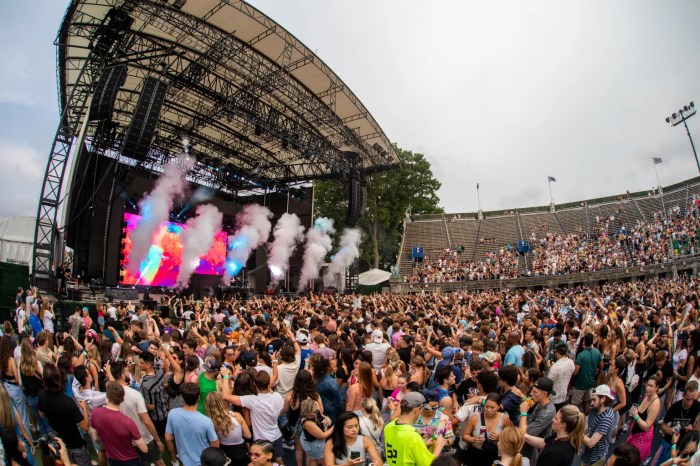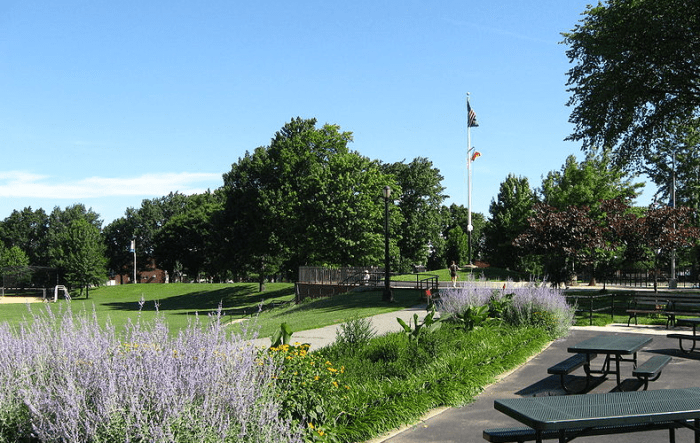By Ronald B. Hellman
Queens and Brooklyn share the western end of Long Island, but are not of the Island. Both, of course, are part of New York City, Queens being the biggest borough in size while Brooklyn has the largest population. If you’re an out−of−towner, you know that theater is dominant in Manhattan, but if you’re local you know (or should) that there’s plenty of quality onstage activity this side of the East River.
Although I’m guessing that Queens has many more theater companies than its neighbor, certainly according to Spotlight on Stage, a leading online reference resource, Brooklyn has two of the oldest and most ambitious ones. Perhaps that’s only fitting since Brooklyn was once an independent city while Queens was out in the country.
The two groups are The Heights Players (26 Willow Place in Brooklyn Heights), which claims to be “Brooklyn’s oldest self−sustaining community theatre,” now in its 53rd season, and The Gallery Players (199 14th St. in Park Slope), founded in 1967 by a man who relocated from New Orleans. Both run year−round, with time off in the summer, and each now has its own building after some early years of a nomad existence.
Having your own building is a major plus, and although far from carefree, it avoids the restrictions faced by groups that are housed in churches, synagogues and other venues that don’t have theater as their main priority.
This season The Heights Players offered nine major productions, each running for three weeks, including such classics as “Death of a Salesman” and “Show Boat,” and the New York premiere of “Shakespeare in Hollywood” directed by the ubiquitous Bernard Bosio. They also do four shows for children each year.
The Gallery Players are more cutting−edge and produce six major shows a season, having just ended with “The Who’s Tommy.” In fact, they boast of more than 156 plays and musicals that have received world premieres at their theater.
Many of their productions conform to Equity Showcase requirements, meaning that they can draw upon actors who are members of Actors Equity Association with the full blessing of that union.
Both groups devote several weeks this time of year to produce and highlight original work by new playwrights. And both contribute their time and talent for the benefit of the community, performing in schools, hospitals and homeless shelters. Grants and fund−raisers, along with many devoted patrons, keep them solvent.
No theater company in Queens has yet to match this Brooklyn duo in scope and ambition, as the locals focus more on each individual production rather than on a long−range plan. The Astoria Performing Arts Center, founded only eight years ago, may be ready to lead the pack.
Under the heading of “the more things change, the more they remain the same” — a saying attributed to a French novelist – I just saw a video of a Queens Public Television interview about local theater from 20 years ago. It was conducted by the larger−than−life Ina Jay Hayle, and her guests were the extraordinary Roxanne Alese and me. We had a good time — with Ina you always have a good time — but two things came out of that two−decades−old discussion that could still be said today: The local groups continue to do the same shows over and over again, and there is no theater space in Queens.
Perhaps a slight exaggeration, but more to the point, perhaps we can now do something about it.
Contact Ron Hellman at RBH24@Columbia.edu.































